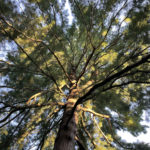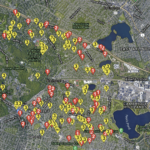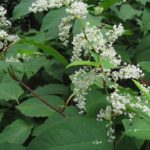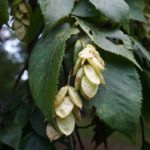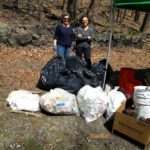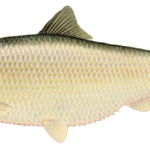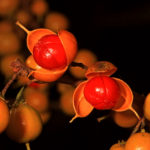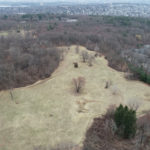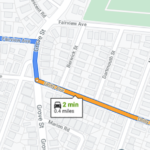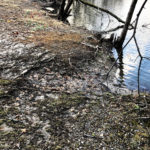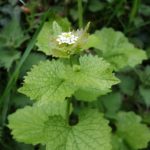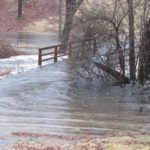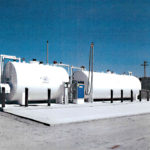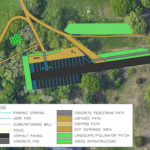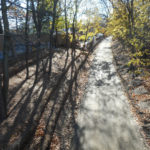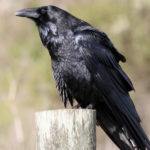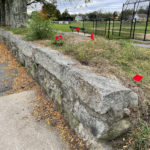
By Jeffrey North Two bald eagles have died in Middlesex County this year from second-generation anticoagulant rodenticide (SGAR) poisoning in Arlington and Waltham. The causes of death in both cases, anticoagulant rodenticide, were confirmed by MassWildlife officials after postmortem testing at Tufts Wildlife Clinic. Three different SGARs were detected in theirlivers. These are among the first cases of poisoning in American bald eagles in Massachusetts. Yet such secondary poisoning has been documented in hawks, owls, foxes, bobcats, coyotes, dogs, and cats. And thousands of children ingest or are otherwise harmfully exposed to these poisons every year. According to the EPA, [READ MORE]


